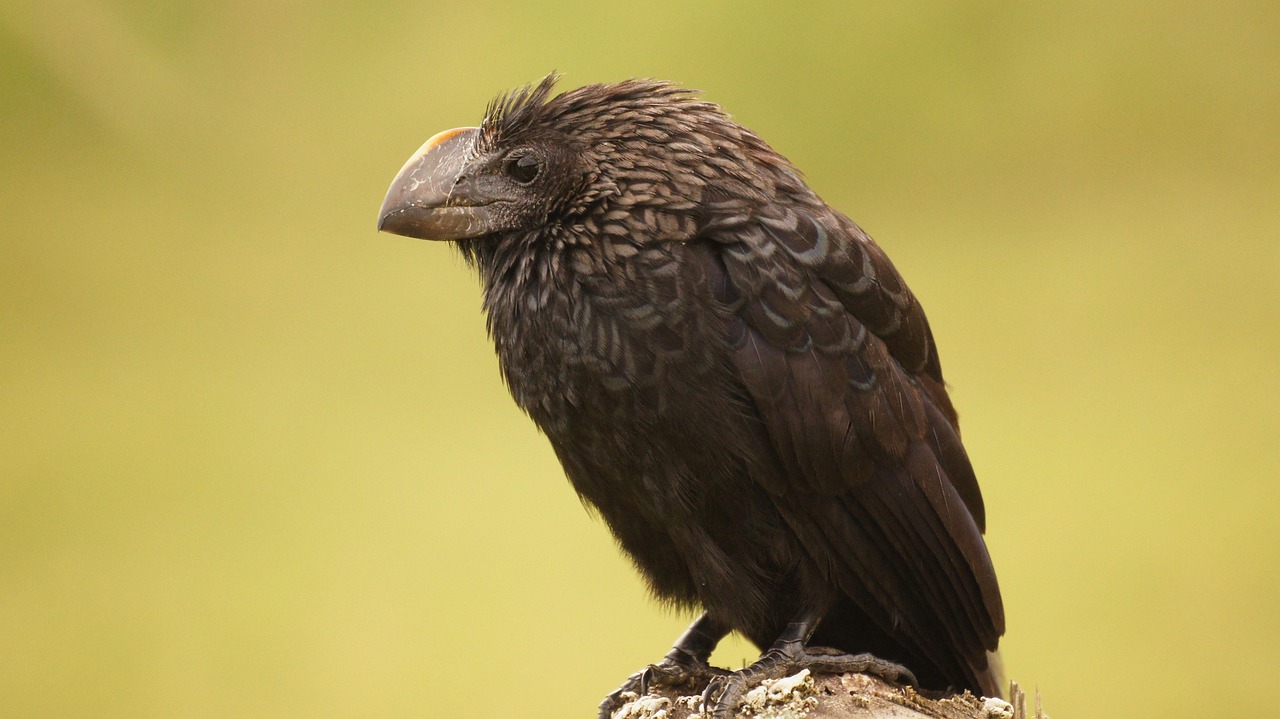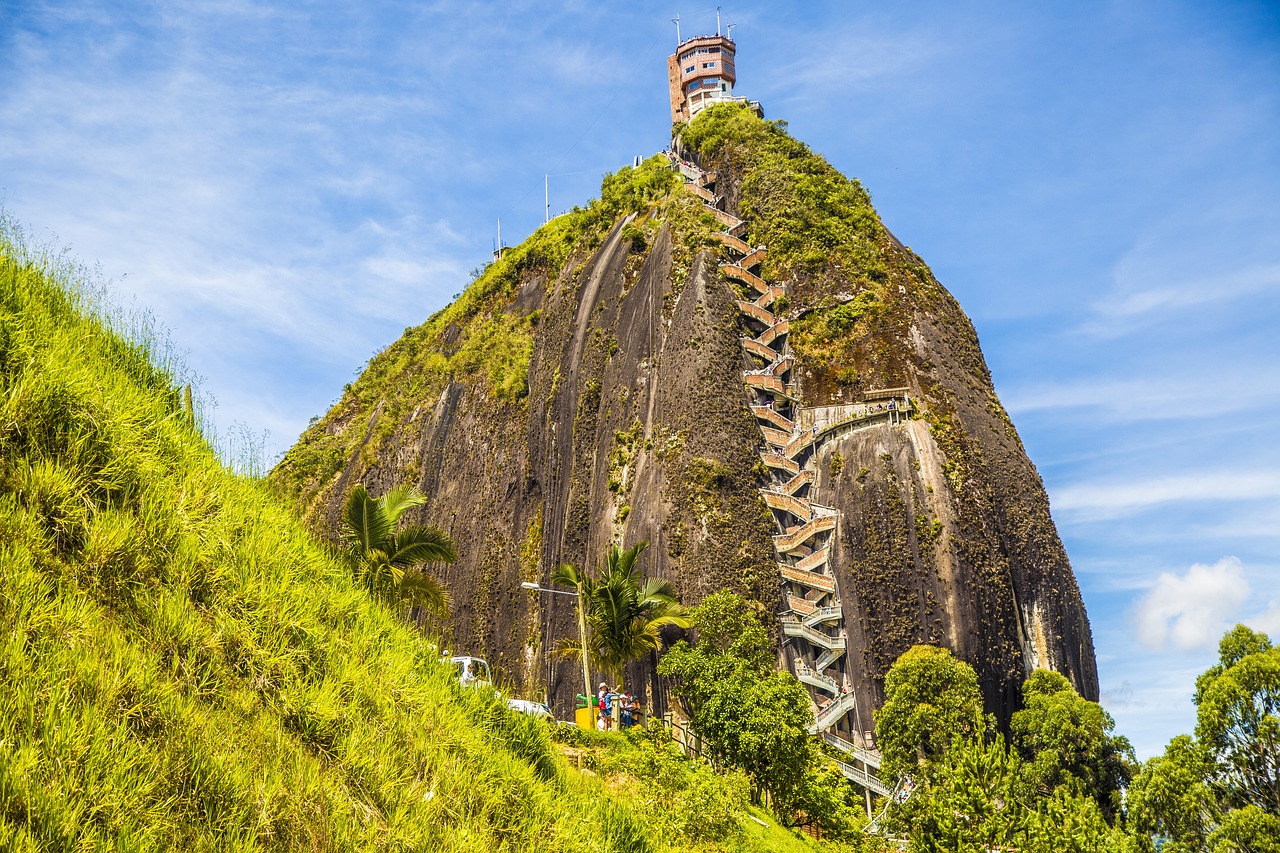Colombia Video
Weathering Colombia: Seasonal Changes and What to Expect
Colombia is a diverse country located in South America, known for its stunning landscapes, vibrant culture, and rich history. As a country near the equator, Colombia experiences a tropical climate with distinct wet and dry seasons. Understanding the seasonal changes and what to expect can help visitors plan their trips accordingly and make the most of their time in this beautiful country.
Season 1: Dry Season (December to February)
The dry season in Colombia typically occurs from December to February. During this time, the weather is generally sunny and warm, making it an ideal time to visit coastal areas and enjoy outdoor activities. Here are some key highlights of the dry season:
- Warm temperatures: Temperatures during the dry season range from 25°C to 32°C (77°F to 90°F) in coastal areas, while inland regions may experience slightly cooler temperatures.
- Low rainfall: Rainfall is minimal during the dry season, making it a great time for outdoor adventures such as hiking, exploring national parks, and visiting archaeological sites.
- Crowded tourist destinations: Popular tourist destinations, especially coastal cities like Cartagena and Santa Marta, can be crowded during this time as many visitors flock to enjoy the pleasant weather.
Season 2: Rainy Season (March to May)
The rainy season in Colombia typically occurs from March to May. During this time, the country experiences increased rainfall, which can have an impact on travel plans and outdoor activities. Here’s what to expect during the rainy season:
- High rainfall: The amount of rainfall varies across different regions of Colombia, but overall, expect frequent showers and occasional thunderstorms. Rainfall can be particularly heavy in the Amazon rainforest and the Pacific coast.
- Lush green landscapes: The rainy season brings new life to Colombia’s landscapes, with lush greenery and blooming flowers. It’s a great time to explore the country’s natural beauty, including its many national parks and cloud forests.
- Potential travel disruptions: Heavy rainfall can sometimes lead to road closures and transportation delays, especially in more remote areas. It’s advisable to check weather conditions and road conditions before embarking on long journeys.
Season 3: Transition Season (June to August)
The transition season in Colombia occurs from June to August and is characterized by a mix of sunny days and occasional showers. Here’s what you can expect during this period:
- Varied weather patterns: The transition season brings a mix of sunny days and occasional rainfall. It’s advisable to pack layers and be prepared for changing weather conditions.
- Moderate temperatures: Temperatures during the transition season are generally pleasant, ranging from 20°C to 28°C (68°F to 82°F) in most regions.
- Festivals and events: The transition season is a popular time for festivals and cultural events in Colombia. From the vibrant Carnival of Barranquilla to the Flower Festival in Medellín, there are plenty of opportunities to immerse yourself in the country’s rich culture.
Season 4: Second Rainy Season (September to November)
The second rainy season in Colombia occurs from September to November. During this time, the country experiences another period of increased rainfall. Here’s what to expect during the second rainy season:
- Continued rainfall: Similar to the first rainy season, expect frequent showers and occasional thunderstorms during the second rainy season. The Caribbean coast and the Pacific coast may experience heavier rainfall.
- Potential for hurricanes: The second rainy season coincides with the Atlantic hurricane season, which runs from June to November. While direct hits are rare, it’s important to stay informed about weather updates and any potential tropical storms or hurricanes.
- Lower tourist crowds: The second rainy season is considered the low season for tourism in Colombia, which means fewer crowds and potentially better deals on accommodations and flights.
Colombia Image 1:

Season 5: Mountainous Regions
Colombia’s diverse topography includes mountainous regions, such as the Andes. These areas have their own microclimates and weather patterns, which can differ significantly from the rest of the country. Here are some key points to keep in mind when visiting the mountainous regions:
- Temperature variations: Due to the higher altitudes, temperatures in mountainous regions can be cooler than in other parts of Colombia. It’s advisable to pack warm clothing, especially if you plan to visit higher elevations.
- Cloud cover: Mountains often create their own weather systems, resulting in cloud cover and misty conditions. This can limit visibility, particularly in areas with high elevation.
- Hiking opportunities: The mountainous regions offer fantastic hiking opportunities, with trails ranging from beginner-friendly to challenging. Popular destinations include the Cocora Valley, Sierra Nevada del Cocuy, and the Lost City trek.
Season 6: Coastal Areas
Colombia is blessed with stunning coastal areas along the Caribbean Sea and the Pacific Ocean. Each coast has its own unique characteristics and weather patterns. Here’s what to expect when visiting Colombia’s coastal areas:
- Tropical climate: Coastal areas generally have a tropical climate, with warm temperatures throughout the year. The Caribbean coast tends to be hotter and more humid, while the Pacific coast experiences more rainfall.
- Beach activities: Colombia’s coastal areas offer a range of beach activities, including swimming, snorkeling, diving, and relaxing on pristine sandy beaches. Popular coastal destinations include Cartagena, Tayrona National Park, and the San Andrés archipelago.
- Marine biodiversity: The coastal waters of Colombia are teeming with marine life, making it a paradise for diving and snorkeling enthusiasts. Explore colorful coral reefs, encounter tropical fish, and even spot majestic sea turtles.
Colombia Image 2:

Season 7: Amazon Rainforest
Colombia is home to a portion of the vast Amazon rainforest, which boasts incredible biodiversity and unique ecosystems. When planning a trip to the Amazon, consider the following:
- High humidity: The Amazon rainforest is known for its high humidity levels. Be prepared for hot and humid conditions throughout the year, with temperatures averaging around 28°C (82°F).
- Abundant wildlife: The Amazon is a wildlife enthusiast’s dream, with countless species of birds, mammals, reptiles, and insects. Take guided tours to spot colorful macaws, playful monkeys, elusive jaguars, and fascinating amphibians.
- Guided tours: Exploring the Amazon rainforest is best done with the assistance of experienced guides. They can provide valuable insights into the local flora and fauna, as well as ensure your safety during excursions.
Season 8: Coffee Region
The Coffee Region, also known as the Coffee Triangle, is a picturesque area in central Colombia known for its coffee plantations and stunning landscapes. When visiting the Coffee Region, keep the following in mind:
- Moderate climate: The Coffee Region enjoys a pleasant climate year-round, with temperatures averaging around 20°C (68°F). It’s a great escape from the heat of the coastal areas.
- Coffee tours: Don’t miss the opportunity to learn about Colombia’s world-renowned coffee production. Take guided tours of coffee plantations, participate in coffee tastings, and immerse yourself in the rich coffee culture of the region.
- Adventure activities: The Coffee Region offers a range of adventure activities, including hiking, horseback riding, and exploring natural parks. Visit the Cocora Valley to see the iconic wax palms or go paragliding in the beautiful town of Manizales.
Season 9: Caribbean Islands
Colombia’s Caribbean islands, such as San Andrés and Providencia, are tropical paradises with pristine beaches and crystal-clear waters. Here’s what to expect when visiting these idyllic islands:
- Tropical climate: The Caribbean islands have a tropical climate, with warm temperatures year-round. Average temperatures range from 25°C to 30°C (77°F to 86°F).
- Beach relaxation: The Caribbean islands are perfect for those seeking relaxation and tranquility. Unwind on white sandy beaches, soak up the sun, and swim in the turquoise waters.
- Water sports: The Caribbean islands offer plenty of water sports activities, such as snorkeling, diving, and kayaking. Explore vibrant coral reefs, encounter colorful marine life, and enjoy the beauty of the underwater world.
Colombia Image 3:

Season 10: Pacific Coast
The Pacific coast of Colombia is a hidden gem, known for its lush rainforests, pristine beaches, and rich cultural heritage. Here’s what to expect when visiting the Pacific coast:
- High rainfall: The Pacific coast experiences high levels of rainfall throughout the year, with the wettest months typically between April and November. Be prepared for frequent showers and a more humid climate.
- Biodiversity: The Pacific coast is home to incredible biodiversity, both on land and in the ocean. Take guided tours to spot humpback whales, explore mangrove forests, and discover the unique flora and fauna of the region.
- Indigenous cultures: The Pacific coast is inhabited by various indigenous communities that have preserved their rich traditions and cultural heritage. Immerse yourself in their customs, music, and cuisine for a truly authentic experience.
Season 11: Orinoco Region
The Orinoco region in eastern Colombia is characterized by vast plains, known as llanos, and is home to diverse wildlife and unique ecosystems. When visiting the Orinoco region, consider the following:
- Savannah landscapes: The Orinoco region is dominated by expansive savannah landscapes, where you can witness stunning sunsets, spot wildlife, and experience the traditional llanero (cowboy) culture.
- Wildlife encounters: The llanos are home to a wide range of wildlife, including capybaras, caimans, anacondas, and numerous bird species. Take guided tours to observe these animals in their natural habitats.
- Cultural experiences: The Orinoco region offers opportunities to learn about the llanero culture, characterized by music, traditional dances, and delicious cuisine. Don’t miss the chance to try typical llanero dishes like carne en vara (grilled meat on a stick) and arepas de maíz pelao (cornmeal pancakes).
Season 12: Sierra Nevada de Santa Marta
The Sierra Nevada de Santa Marta is a majestic mountain range located near the Caribbean coast of Colombia. It is home to unique ecosystems and indigenous communities. Here’s what to expect when visiting the Sierra Nevada de Santa Marta:
- High altitude: The Sierra Nevada de Santa Marta is characterized by high peaks, with the highest point reaching over 5,700 meters (18,700 feet) above sea level. Be prepared for cooler temperatures and changing weather conditions as you ascend.
- Trekking opportunities: The mountain range offers incredible trekking opportunities, including the famous Ciudad Perdida (Lost City) trek. Explore ancient ruins, lush jungles, and encounter indigenous communities along the way.
- Cultural significance: The Sierra Nevada de Santa Marta is considered a sacred place by indigenous communities, such as the Kogi, Arhuaco, Wiwa, and Kankuamo. Respect their traditions and customs when visiting the region.
References
- Gypsy Warrior: gypsywarrior.com
- National Geographic: nationalgeographic.com
- Lonely Planet: lonelyplanet.com
- Ministry of Commerce, Industry, and Tourism of Colombia: mincit.gov.co


